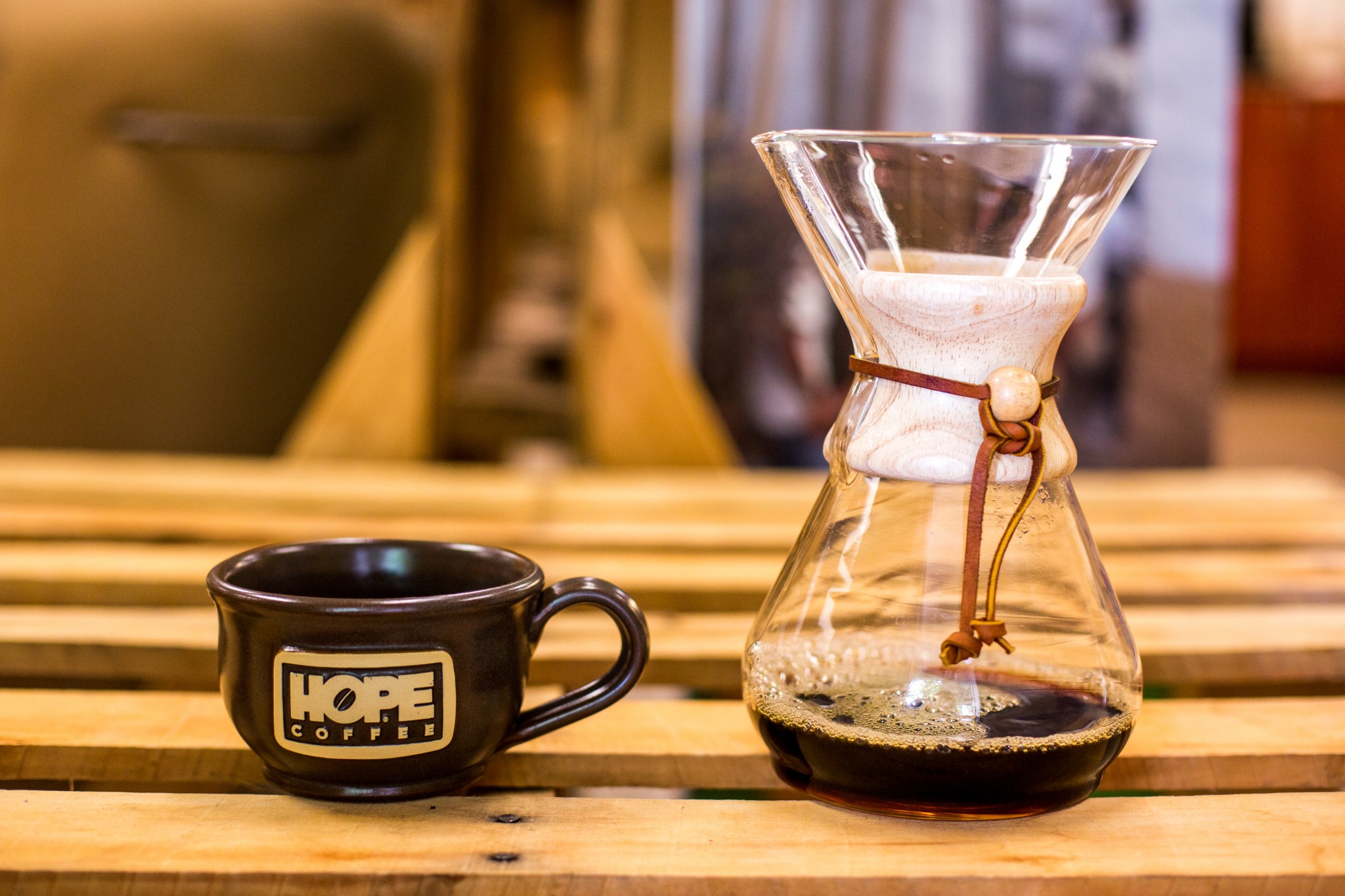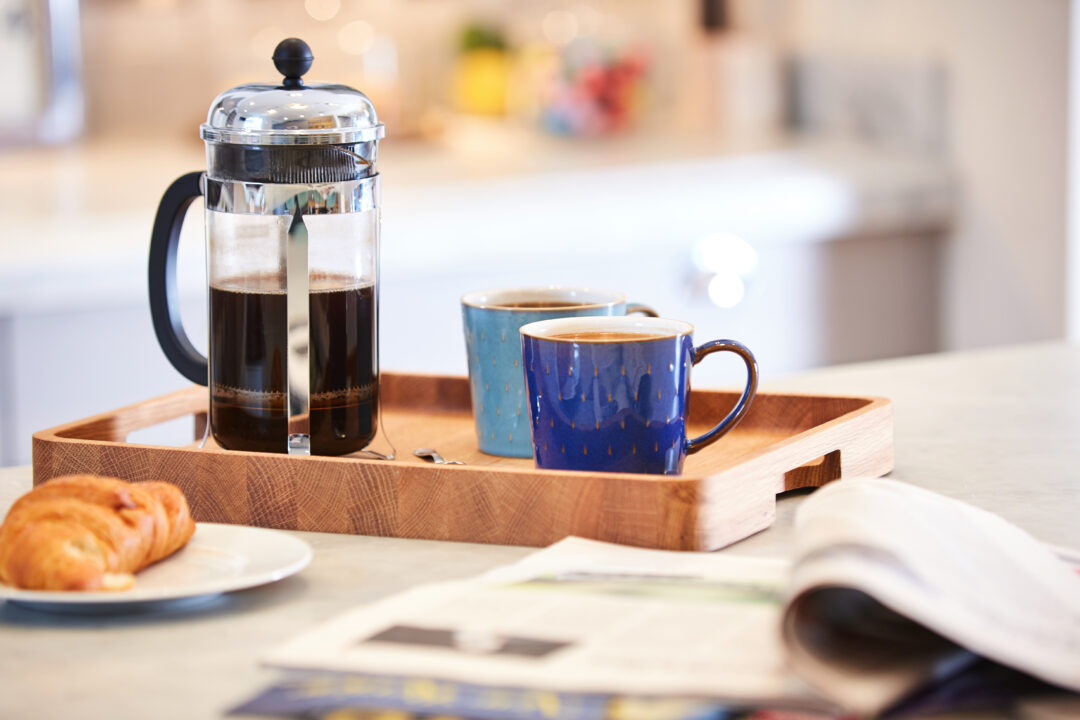Coffee Brewing Methods Debunked: From French Press to Cold Mixture
Wiki Article
Discovering the Art of Coffee Brewing: A Comprehensive Overview to Improving Your Mug
The art of coffee developing is a complex technique that combines science with personal expression, where the choice of beans, water quality, and developing techniques assemble to produce a refined sensory experience. Understanding the nuances of numerous coffee beans, particularly the distinctions between Arabica and Robusta, is crucial for any connoisseur. Furthermore, the selection of proper devices and precise interest to developing parameters can significantly influence the final outcome. As we discover these aspects, one must think about how even small modifications can lead to extensive modifications in flavor and fragrance-- what might these adjustments reveal about your optimal mug?Recognizing Coffee Beans
To genuinely value the art of coffee developing, one have to first recognize the fundamental aspect: coffee beans. These tiny seeds, normally stemmed from the Coffea plant, are important in figuring out the taste profile, fragrance, and general top quality of the made beverage. Coffee beans largely fall into 2 classifications: Arabica and Robusta. Arabica beans, understood for their fragile flavors and higher level of acidity, are typically preferred by connoisseurs. On the other hand, Robusta beans have a stronger, more bitter taste and higher high levels of caffeine material, making them ideal for espresso blends.
Additionally, the processing approach-- whether washed, natural, or honey-- affects the beans' final taste. Recognizing these components enables brewers to pick the best beans that line up with their liked taste account, ultimately enhancing the coffee developing experience. coffee brewing methods. This understanding is crucial for any person striving to understand the craft of making the ideal cup of coffee
Brewing Methods Clarified
Many lovers locate that the choice of developing approach considerably influences the last flavor and scent of their coffee. Each technique takes advantage of different extraction strategies, affecting the coffee's personality and richness.Drip brewing, among the most popular approaches, uses an equipment to drip warm water via ground coffee, creating a constant and clean mug. French press, on the other hand, submerses coffee grounds in warm water, permitting a fuller body and more robust taste, as oils and fine bits remain in the mixture.
Pour-over brewing provides a precise technique, where water is manually poured over coffee premises, enabling specific control over extraction time and temperature level, resulting in a intense and nuanced cup.
Espresso, a focused coffee made under pressure, is understood for its solid flavor and velvety appearance, acting as the base for different coffee drinks, consisting of coffees and lattes.
Essential Equipment Needed
The foundation of any type of effective coffee brewing process exists in quality equipment customized to your preferred approach. A dependable coffee mill is vital; fresh ground beans considerably enhance flavor and aroma.Next, consider your brewing tool. Alternatives range from drip coffee manufacturers and pour-over arrangements to French presses and espresso machines. Each technique offers unique taste profiles and developing strategies, so pick one that lines up with your taste choices.
A precise range is likewise indispensable, permitting you to gauge coffee and water precisely, which is important for consistency. Additionally, a thermometer can help check water temperature, as it straight affects extraction quality.
Mastering Water Top Quality
The top quality of water utilized in developing coffee plays a substantial function in establishing the final flavor profile of the cup. Different variables add to water high quality, consisting of mineral web content, pH level, and general pureness. Preferably, water needs to be devoid of pollutants and contaminants, as these can adversely influence the taste of coffee.
Minerals, such as calcium and magnesium, enhance the removal of flavors from the coffee grounds, while keeping a balanced pH level-- around 6.5 to 7.5-- is crucial for optimum extraction. Water that is as well soft might lead to under-extraction, causing sour or weak flavors, while overly tough water can create a bitter or extreme mug.
For the finest results, filtered water is suggested, as it minimizes the visibility of chlorine and other undesirable compounds here usually discovered in tap water. Furthermore, think about making use of water with a Complete Dissolved Solids (TDS) level in between 150-200 ppm, which is generally optimal for coffee brewing. By grasping water quality, you can lay a solid foundation for attaining a regularly excellent mug of coffee, allowing the unique features of your picked beans to beam through.

Tips for Flavor Enhancement
Enhancing the taste of your coffee can dramatically elevate your brewing experience and highlight the special subtleties of your picked beans. To achieve this, take into consideration a number of key elements that influence preference.First of all, the grind dimension plays an essential function. A finer grind boosts extraction, resulting in bolder tastes, while a coarser grind yields a milder mug. coffee brewing methods. Change your grind according to your brewing approach to accomplish optimal outcomes
Secondly, try out mixture time. Over-extraction can lead to resentment, while under-extraction lead to a sour preference. Goal for a mixture time that balances these extremes, typically in between two to four minutes, relying on your approach.
Developing with water that is as well warm can burn the coffee, while water that is also amazing may fall short to remove sufficient flavor. In conclusion, the art of coffee brewing is a multifaceted practice that needs a deep understanding of numerous components, including bean selection, brewing techniques, and water top quality. By integrating these elements, coffee fanatics can elevate their developing strategies, resulting in a mug that not only pleases personal choices however additionally showcases the rich complexity of coffee flavors. The art of coffee developing is a complex discipline that merges science with individual expression, where the choice of beans, water top quality, and brewing approaches merge to produce a polished sensory experience.To genuinely value the art of coffee brewing, one have to first recognize the fundamental component: coffee beans. Developing with water that is also hot can burn the coffee, while water that is too cool might stop working to extract ample flavor. In conclusion, the art of coffee developing is a diverse method that requires a deep understanding of numerous components, consisting of bean option, brewing techniques, and water top quality. By this contact form incorporating these elements, coffee fanatics can boost their brewing strategies, resulting in a mug that not just satisfies individual preferences however additionally showcases the browse around this web-site abundant intricacy of coffee flavors.
Report this wiki page